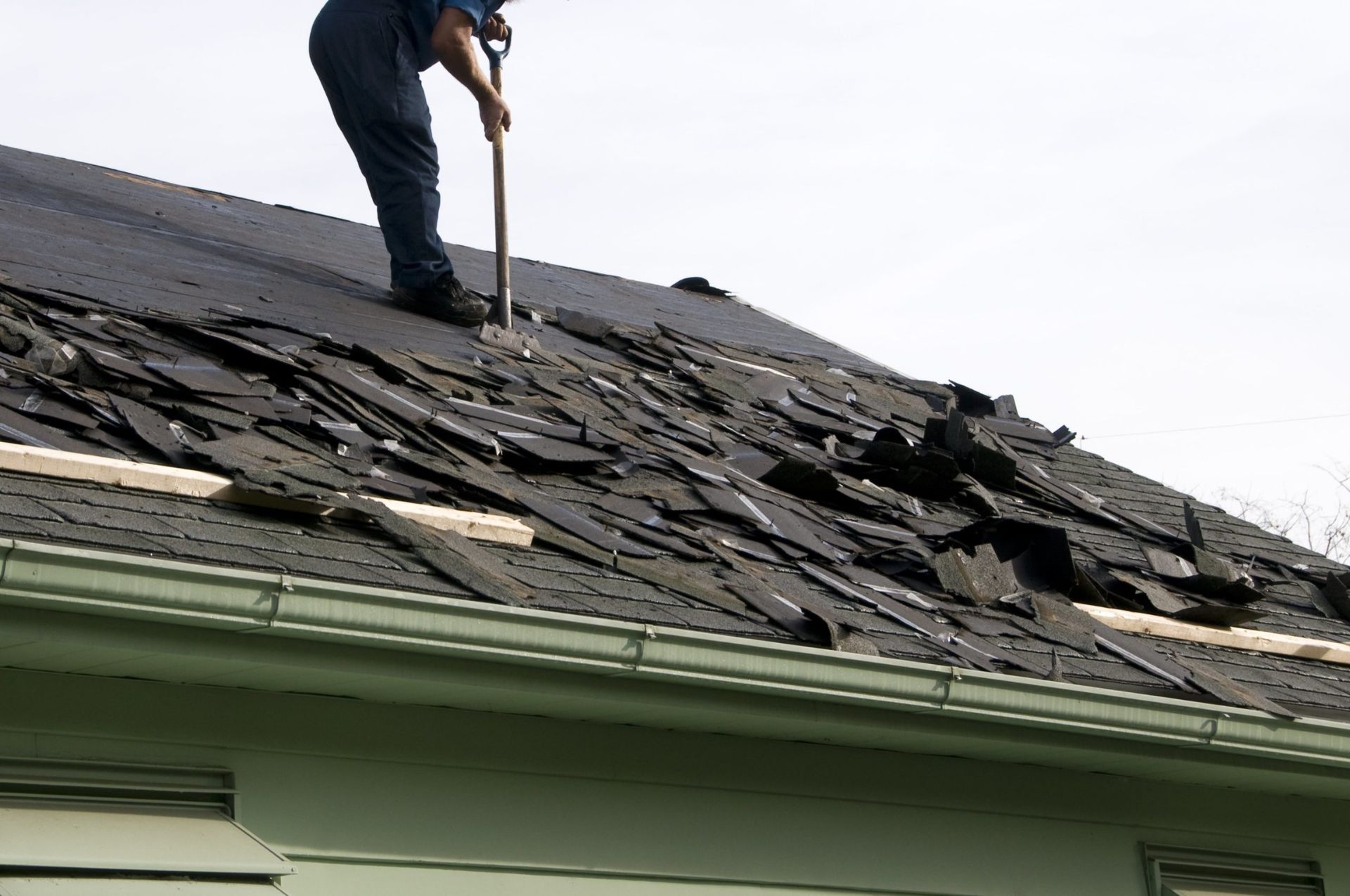

Articles
Where To Dump Roof Shingles Near Me
Modified: December 7, 2023
Looking for articles on where to dump roof shingles near you? Find the best disposal options and locations near you in this informative guide.
(Many of the links in this article redirect to a specific reviewed product. Your purchase of these products through affiliate links helps to generate commission for Storables.com, at no extra cost. Learn more)
Introduction
Roof shingles are an essential component of any building’s roofing system. They protect our homes and structures from the elements, providing insulation and structural integrity. However, just like any construction material, roof shingles have a limited lifespan and eventually need to be replaced.
When it comes to replacing roof shingles, one crucial consideration is how to properly dispose of the old shingles. Improper disposal can have significant environmental consequences, as well as legal and regulatory implications. In this article, we will explore the different methods of roof shingle disposal, highlight the environmental impact of improper disposal, and provide local options for proper shingle disposal.
Understanding Roof Shingles and Their Disposal
Roof shingles are typically made from materials such as asphalt, wood, metal, or slate. Each type of shingle has its own lifespan, determined by factors such as weather conditions, maintenance, and quality. As shingles age and deteriorate, they can become brittle, curled, or even damaged, leading to leaks and compromised roof integrity.
When it’s time to replace a roof, the old shingles must be removed and disposed of properly. Improper disposal methods, such as dumping them in landfills or burning them, contribute to pollution and waste management problems. It’s important to explore sustainable options for shingle disposal to minimize negative environmental impacts.
Environmental Impact of Improper Roof Shingle Disposal
The environmental impacts of improper roof shingle disposal can be severe. When shingles are dumped in landfills, they take up valuable space and potentially release harmful substances into the soil and groundwater. Additionally, burning shingles can release toxic fumes and contribute to air pollution.
Furthermore, roof shingles contain valuable and non-renewable resources, such as asphalt and metal. By properly disposing of shingles, these materials can be recycled and reused, reducing the need for extracting and processing new resources.
By understanding the environmental impact of improper disposal, we can take proactive steps to seek out sustainable methods for dealing with old roof shingles.
Key Takeaways:
- Proper disposal of old roof shingles is crucial for environmental responsibility and legal compliance. Recycling, repurposing, and hiring professional disposal services are sustainable options to minimize waste and protect the environment.
- Understanding local regulations and exploring sustainable disposal methods are essential for responsible roof shingle disposal. Research nearby dumping sites, contact recycling facilities, and consider hiring professional services to ensure compliance and minimize environmental impact.
Read more: Where To Dump Old Furniture Near Me
Understanding Roof Shingles and Their Disposal
Roof shingles are a crucial part of the roofing system that protects our homes and structures from the elements. They provide a waterproof barrier and add an aesthetically pleasing finish to the roof. Common types of roof shingles include asphalt, wood, metal, and slate. Each type has its own unique characteristics and lifespan.
Over time, weather conditions, UV exposure, and normal wear and tear can cause roof shingles to deteriorate. When shingles become brittle, cracked, or damaged, they can no longer effectively perform their intended function. In such cases, it becomes necessary to replace the old shingles with new ones to maintain the roof’s integrity and functionality.
Proper disposal of old roof shingles is essential for environmental responsibility. Simply dumping them in landfills or burning them is not only detrimental to the environment but may also have legal implications. Therefore, it is important to explore sustainable methods for disposing of roof shingles.
Recycling Roof Shingles: One environmentally friendly method of shingle disposal is recycling. Many recycling facilities are equipped to handle asphalt shingles, as they can be ground up and used as a component in paving materials. The processed shingles can be mixed with asphalt to create a substance known as “recycled asphalt pavement” (RAP), which can be used for road construction.
Wooden shingles can also be repurposed or recycled. They can be ground up to be used as mulch or processed into composite products. Metal and slate shingles, on the other hand, can be recycled as scrap metal or salvaged and used on other projects. Some manufacturers and roofing contractors may accept old shingles for recycling or know of recycling facilities in the area.
Donating or Reusing Shingles: In some cases, if the shingles are still in good condition, they can be donated or reused. Non-profit organizations, such as Habitat for Humanity, may accept donations of gently used shingles for their housing projects. Additionally, local contractors or individuals in need of shingles for small projects may be interested in reusing them.
Contacting Roofing Contractors: Roofing contractors may have information on proper shingle disposal methods or be able to provide recommendations. They often have experience in handling roof shingle removal and disposal and can guide homeowners towards the most responsible options.
By understanding the different types of roof shingles and their disposal methods, we can make informed decisions about how to properly dispose of old shingles. It is crucial to prioritize sustainability and environmental responsibility when dealing with roof shingle replacement, ensuring that we minimize waste and contribute to a greener future.
Environmental Impact of Improper Roof Shingle Disposal
The improper disposal of roof shingles can have significant environmental consequences. Many old shingles end up in landfills, where they contribute to the growing problem of waste management. When shingles are disposed of in landfills, they take up valuable space that could be used for other purposes. This leads to increased demand for new landfill sites, which can have detrimental effects on local ecosystems.
Furthermore, roof shingles contain various materials, such as asphalt, wood, and metal, which can have long-lasting environmental impacts if not handled properly. Asphalt shingles, for example, are made with bitumen, a petroleum-based product that is both non-renewable and energy-intensive to produce. When these shingles are discarded in landfills, they not only take up space but also contribute to the depletion of non-renewable resources.
In addition to occupying landfill space, improperly disposed roof shingles can leach harmful substances into the surrounding soil and water. Rainwater that seeps through the landfill can pick up contaminants from the shingles and carry them into nearby water sources, potentially polluting lakes, rivers, and groundwater. These contaminants can include heavy metals, such as zinc or copper, which can be toxic to aquatic life and disrupt fragile ecosystems.
Burning roof shingles is another improper disposal method that can have severe environmental consequences. When shingles are burned, they release harmful pollutants into the air, contributing to air pollution. The fumes emitted from burning shingles can contain hazardous chemicals and particulate matter, which can have detrimental effects on air quality and human health.
The Importance of Responsible Shingle Disposal
Properly disposing of roof shingles is not just a legal requirement but also an environmental responsibility. By seeking out sustainable disposal methods, we can minimize the negative impact on the environment. Recycling, for example, allows old shingles to be repurposed and reduces the demand for new raw materials. This not only conserves resources but also reduces greenhouse gas emissions associated with their extraction and production.
Additionally, recycling shingles can help support the circular economy by creating opportunities for the reuse of materials. Recycled shingles can be used in other construction projects or repurposed into new products, reducing waste and contributing to a more sustainable future.
By understanding the environmental impact of improper roof shingle disposal, we can make informed choices to ensure that we minimize waste, conserve resources, and protect the environment for future generations. It is our collective responsibility to prioritize responsible shingle disposal practices and incorporate sustainability into our roofing projects.
Legal and Regulatory Considerations for Roof Shingle Disposal
When it comes to disposing of roof shingles, it is essential to be aware of the legal and regulatory considerations surrounding their disposal. Improper disposal methods not only harm the environment but can also result in legal consequences. Familiarizing yourself with local laws and regulations will ensure that you comply with the appropriate guidelines and avoid potential penalties.
Local Waste Management Regulations: Waste management regulations vary by region, so it’s important to understand the rules specific to your area. Some local jurisdictions may have strict guidelines on what can and cannot be disposed of in landfills or through other waste management methods. These regulations may include specific requirements for the disposal of construction and demolition debris, including roof shingles. Taking the time to familiarize yourself with these regulations will help you dispose of your old shingles in a legal and responsible manner.
Asbestos Considerations: If your home was built before the 1980s, there is a possibility that your roof shingles contain asbestos. Asbestos was commonly used in building materials, including roofing products, before its health risks were known. Disposing of asbestos-containing materials requires special handling and may be subject to specific regulations. It is crucial to consult with local authorities or asbestos removal professionals to ensure compliance with regulations and to protect your health and the environment from the potential hazards associated with asbestos exposure.
Permit Requirements: In some cases, especially for larger roofing projects, obtaining a permit for shingle disposal may be necessary. Building permits typically outline specific requirements for waste disposal, including proper handling and disposal methods for roofing materials. Failure to obtain the necessary permits or follow the specified guidelines can result in fines and penalties. It’s important to check with your local building department to determine if any permits are required for disposing of roof shingles and to ensure compliance with the specified regulations.
Contractor Responsibilities: If you’re hiring a roofing contractor to replace your roof and dispose of the old shingles, it’s crucial to ensure that they are following legal and regulatory requirements. Reputable contractors should be knowledgeable about local waste management regulations and able to provide you with proof of proper disposal methods, such as recycling or using licensed disposal facilities. Before hiring a contractor, ask about their waste management practices and verify their compliance with applicable regulations to avoid any legal issues down the line.
By understanding and adhering to legal and regulatory considerations for roof shingle disposal, you can ensure that you are acting in compliance with the law while minimizing your environmental impact. Being proactive and responsible in your disposal methods not only helps protect the environment but also promotes a culture of sustainability in the construction and roofing industry.
Methods of Properly Disposing Roof Shingles
When it comes to disposing of roof shingles, it is important to choose methods that minimize environmental impact and comply with legal and regulatory requirements. Proper disposal methods ensure that old shingles are handled responsibly and can be recycled or repurposed whenever possible. Here are some methods for properly disposing of roof shingles:
Recycling: Recycling is one of the most sustainable methods of roof shingle disposal. Many recycling facilities are equipped to handle asphalt shingles, which can be processed and used as a component in paving materials for roads or parking lots. Wooden shingles can also be recycled by grinding them up and using them as mulch or processing them into composite products. Additionally, metal and slate shingles can be recycled as scrap metal. Contact local recycling centers or talk to roofing contractors who may have information on recycling options in your area.
Donating or Repurposing: If your old shingles are still in good condition, consider donating them or repurposing them for other projects. Non-profit organizations, such as Habitat for Humanity, may accept gently used shingles for their housing projects. Local contractors or individuals working on small-scale projects might also be interested in reusing the shingles. Make sure to contact these organizations or individuals to inquire about their acceptance criteria and requirements.
Hiring a Professional Shingle Disposal Service: If recycling or repurposing options are not available or feasible, consider hiring a professional shingle disposal service. These services specialize in disposing of construction and demolition debris, including old roof shingles. They have the necessary equipment and knowledge to handle the disposal process safely and efficiently. Additionally, they are familiar with local waste management regulations and can ensure that your shingles are disposed of in compliance with the law.
Checking with Local Landfills and Transfer Stations: In some cases, local landfills or waste transfer stations may accept roof shingles for disposal. However, it is important to note that simply tossing them in the general waste may not be the most environmentally friendly option. Some facilities have specific guidelines for accepting shingles, such as separate disposal areas or recycling programs. Contact these facilities beforehand to inquire about their acceptance policies and any special requirements they may have.
Contractor Disposal Options: If you are working with a roofing contractor for the replacement project, discuss the disposal options they offer. Many roofing contractors include shingle disposal as part of their services, ensuring that the old shingles are handled properly. Make sure to ask them about their disposal methods to ensure that they align with sustainable practices and comply with local regulations.
By choosing methods like recycling, donating, or hiring professional disposal services, you can properly dispose of your roof shingles in ways that minimize waste and environmental impact. It is crucial to prioritize responsible disposal methods to contribute to a more sustainable future and protect our environment for generations to come.
Check with your local waste management facility or landfill to see if they accept roof shingles for disposal. Some may have specific guidelines for how the shingles should be prepared for dumping.
Read more: Where To Get Countertops Near Me
Local Options for Roof Shingle Disposal
When it comes to disposing of old roof shingles, it’s important to explore the local options available in your area. Different regions may have specific facilities or programs dedicated to handling construction and demolition debris, including roof shingles. Here are some local options you can consider for roof shingle disposal:
Local Recycling Facilities: Research local recycling facilities to see if they accept roof shingles for recycling. Many recycling centers have the capability to process asphalt shingles into materials that can be used for road construction. Contact these facilities to inquire about their specific requirements and whether they offer drop-off or pick-up services for shingles. Some facilities may also accept other types of shingles, such as wood, metal, or slate, for recycling or repurposing.
Municipal Waste Management Programs: Check with your local municipality or waste management department to see if they have specific programs or guidelines for disposing of roof shingles. Some municipalities may provide drop-off locations or special collection events for construction and demolition debris, including roofing materials. They can provide information on the proper procedures and any associated fees for shingle disposal.
Roofing Contractors: Reach out to local roofing contractors to see if they offer shingle disposal services. Many contractors have established relationships with recycling facilities or disposal centers and can handle the disposal of old shingles as part of their services. It’s important to choose a reputable contractor who follows proper disposal practices to ensure environmental responsibility. Ask about their disposal methods and whether they recycle or repurpose the shingles.
Landfills and Transfer Stations: Some local landfills or waste transfer stations may accept roof shingles for disposal. However, it’s important to note that landfill disposal should be a last resort as it is not the most environmentally friendly option. If using a landfill or transfer station, inquire about any specific requirements, separate disposal areas, or recycling programs they may have in place for shingles. It’s crucial to follow their guidelines to ensure compliance and minimize environmental impact.
Local Non-profit Organizations: Reach out to local non-profit organizations, such as Habitat for Humanity or other housing initiatives, to see if they accept donations of gently used roof shingles. These organizations may use the shingles in their construction projects, helping to provide affordable housing to those in need. Confirm their acceptance criteria and any specific requirements for donation, such as shingle condition and quantities.
Community Sharing Platforms: Consider utilizing online community sharing platforms or social media groups to connect with individuals or organizations in need of roof shingles. Local homeowners or DIY enthusiasts may be interested in reusing old shingles for small projects or repairs. Selling or donating the shingles directly to interested individuals can help reduce waste and support sustainable practices within the community.
By exploring the local options available, you can find responsible and sustainable methods for disposing of your old roof shingles. Proper disposal not only reduces waste but also contributes to a healthier environment and a more sustainable future.
Researching Nearby Dumping Sites for Roof Shingles
When disposing of old roof shingles, it’s important to find appropriate dumping sites that comply with local regulations and environmental standards. Proper research allows you to identify nearby facilities that accept construction and demolition debris, including roof shingles. Here are some steps to help you research nearby dumping sites:
Check Local Regulations: Start by reviewing local regulations regarding the disposal of roof shingles. Contact your local waste management department or visit their website to understand the specific guidelines and restrictions in your area. These regulations may dictate the type of disposal facilities that are permitted and any special requirements for shingle disposal.
Contact Local Landfills and Transfer Stations: Reach out to local landfills or waste transfer stations to inquire about their acceptance of roof shingles. Some facilities may have designated areas or specific procedures for the disposal of construction debris, including roofing materials. Ask about any specific requirements, such as sorting or packaging, and whether there are any associated fees for dumping shingles.
Research Disposal Facilities: Look for disposal facilities that specialize in construction and demolition debris. These facilities are equipped to handle different types of debris, including roof shingles. Conduct an online search or consult local directories to find nearby facilities. Pay attention to the facility’s reputation, environmental record, and compliance with regulations.
Contact Recycling Centers: Recycling centers may accept roof shingles for proper disposal. Inquire if they have separate drop-off locations or designated programs for shingle recycling. Recycling centers that process asphalt shingles can effectively reuse the material for road construction. Some centers may even accept other types of shingles, such as wood, metal, or slate, for recycling or repurposing.
Consult Roofing Contractors: Reach out to local roofing contractors and inquire about their disposal methods. Contractors who handle roof replacements often have knowledge of local dumping sites and recycling facilities. They can provide recommendations based on their experience and may even offer disposal services as part of their roofing projects.
Consider Environmental Factors: When researching nearby dumping sites, consider the environmental impact of each option. Look for facilities that prioritize sustainable practices, recycling, or repurposing of materials. Avoid dumping sites that have a poor environmental track record or are not in compliance with local regulations. Choosing an environmentally conscious facility will ensure that your old roof shingles are disposed of in the most responsible manner.
Verify Acceptance and Procedures: Before visiting a dumping site, contact them directly to verify if they accept roof shingles and to understand their procedures. Ask about any sorting or packaging requirements, any associated fees, and whether they have specific hours of operation for accepting roofing materials. This will help you prepare and ensure a smooth disposal process.
By conducting thorough research of nearby dumping sites for roof shingles, you can find suitable facilities that align with local regulations and environmental standards. Responsible disposal helps to protect the environment and promotes a sustainable approach to handling construction debris.
Recycling and Repurposing Roof Shingles
When it comes to disposing of old roof shingles, recycling and repurposing are sustainable options that can help reduce waste and minimize environmental impact. Roof shingles, made from materials such as asphalt, wood, metal, or slate, can often be recycled or repurposed into new products. Here are some ways to recycle and repurpose roof shingles:
Asphalt Shingle Recycling: Asphalt shingles are one of the most commonly used roofing materials. Recycling asphalt shingles involves grinding them down into small pieces or aggregates that can be used in various applications. The ground shingles, known as “recycled asphalt pavement” (RAP), can be mixed with new asphalt to create a material used in road construction. Many recycling facilities specialize in processing asphalt shingles, so it’s worth researching local recycling centers that accept them.
Wood Shingle Repurposing: Wood shingles can be repurposed for other uses instead of being disposed of. They can be ground up and used as mulch in gardens or landscaping projects. Additionally, they can be used as a decorative element in crafts or DIY projects. If the wood shingles are in good condition, consider donating them to individuals or organizations that specialize in salvaging and reusing building materials.
Metal and Slate Shingle Recycling: Metal and slate shingles are durable and long-lasting materials. If you need to replace them, consider recycling them instead of sending them to the landfill. Metal shingles can be recycled as scrap metal, reducing the need for new metal extraction and processing. Slate shingles, known for their durability, can also be salvaged and reused on other construction projects. Look for local recycling centers or metal scrap yards that accept these materials.
Specialty Recycling Programs: Some recycling programs and organizations may have specific initiatives for recycling roof shingles. These programs focus on diverting construction and demolition debris from landfills and finding sustainable solutions for material reuse. Research local or regional programs that specialize in shingle recycling, as they may have specific requirements and collection methods.
Contractor and Manufacturer Recycling Programs: Roofing contractors and manufacturers often have recycling programs in place for old shingles. They may collect and transport the shingles to dedicated recycling facilities on your behalf. If you are working with a contractor for a roof replacement project, ask them if they participate in any recycling programs or have recommendations for recycling options in your area.
Art and Craft Projects: If you’re feeling creative, consider repurposing old roof shingles for art and craft projects. With a little imagination, you can transform the shingles into unique decorative items, such as signs, artwork, or even furniture. Explore online resources or connect with local artists and DIY enthusiasts who may offer inspiration and ideas for repurposing roof shingles.
By recycling or repurposing roof shingles, we can give them a new life and divert them from the landfill. These sustainable options help conserve resources, reduce waste, and contribute to a more environmentally friendly construction industry. Make sure to research local recycling facilities, consult with roofing professionals, and get creative to find the best ways to recycle or repurpose your old roof shingles.
Hiring a Professional Roof Shingle Disposal Service
When it comes to disposing of old roof shingles, hiring a professional disposal service can be a convenient and responsible option. These services specialize in the proper handling and disposal of construction and demolition debris, including roof shingles. Here are some reasons why you might consider hiring a professional roof shingle disposal service:
Expertise and Knowledge: Professional disposal services have the expertise and knowledge to handle the proper disposal of roof shingles. They have experience in safely removing and transporting the shingles from your property, ensuring compliance with local regulations and environmental standards. Their understanding of disposal methods and recycling options allows for responsible and sustainable shingle disposal.
Compliance with Regulations: Roof shingle disposal is subject to various regulations and restrictions. Professional disposal services are well-versed in local waste management regulations and can ensure that your old shingles are disposed of legally and responsibly. By hiring a professional service, you can have peace of mind knowing that your shingles are being handled in compliance with the law.
Eco-Friendly Practices: Many professional disposal services prioritize eco-friendly practices in their operations. They may have established relationships with recycling facilities or transfer stations that are equipped to handle roof shingles. These services can ensure that the shingles are properly sorted for recycling or repurposing, reducing waste and promoting sustainability in the disposal process.
Equipment and Resources: Professional disposal services have the necessary equipment and resources to efficiently handle roof shingles. They are equipped with trucks, containers, and other specialized tools to safely transport the shingles from your property to the disposal facility. This saves you the hassle of figuring out the logistics and ensures that the shingle removal process is smooth and efficient.
Time and Labor Savings: Removing and disposing of roof shingles can be a labor-intensive task. Hiring a professional disposal service allows you to save time and effort by outsourcing the entire process. With professionals taking care of the disposal, you can focus on other aspects of your roofing project or enjoy peace of mind knowing that the shingles are being handled by experienced individuals.
Peace of Mind: Perhaps one of the most significant advantages of hiring a professional disposal service is the peace of mind that it brings. You can trust that the disposal service will handle the entire process, from removal to proper disposal, while adhering to legal requirements and environmentally responsible methods. This relieves you of the responsibility and ensures that the job is done correctly.
When hiring a professional disposal service, be sure to research and choose a reputable and certified company. Look for providers that have positive reviews, certifications, and a commitment to sustainability. By hiring a professional service, you can ensure that your old roof shingles are disposed of properly while minimizing your environmental impact.
Read more: Where To Climb Stairs Near Me
Conclusion
Proper disposal of old roof shingles is essential to minimize environmental impact and promote sustainability in the construction industry. By understanding the different methods of disposal and taking into account legal and regulatory considerations, we can make responsible choices that benefit both the environment and our communities.
Recycling and repurposing are sustainable options for disposing of roof shingles. Recycling facilities can process asphalt, wood, metal, and slate shingles, diverting them from landfills and repurposing them for various applications. Repurposing shingles for art and craft projects or donating them to non-profit organizations can also extend their useful life and reduce waste.
Researching local options for roof shingle disposal is crucial. This includes exploring recycling facilities, contacting roofing contractors, and checking with waste management authorities. By understanding local regulations, we can ensure that we dispose of roof shingles in compliance with the law and minimize negative environmental impacts.
Hiring a professional roof shingle disposal service is another viable option. These services have the expertise, knowledge, and resources to handle the proper removal and disposal of old shingles, ensuring compliance with regulations and promoting eco-friendly practices. This not only saves time and effort but also provides peace of mind, knowing that the shingles are being disposed of responsibly.
Ultimately, responsible roof shingle disposal is a collective effort. Homeowners, contractors, and communities must prioritize sustainability and make informed choices. By choosing to recycle, repurpose, or hire professional disposal services, we contribute to the reduction of waste, conserve resources, and protect the environment for future generations.
As we replace and dispose of old roof shingles, let us embark on a journey towards sustainable practices and responsible construction waste management. By adopting eco-friendly strategies, we can make a positive impact on the environment and work towards a greener and more sustainable future.
Frequently Asked Questions about Where To Dump Roof Shingles Near Me
Was this page helpful?
At Storables.com, we guarantee accurate and reliable information. Our content, validated by Expert Board Contributors, is crafted following stringent Editorial Policies. We're committed to providing you with well-researched, expert-backed insights for all your informational needs.


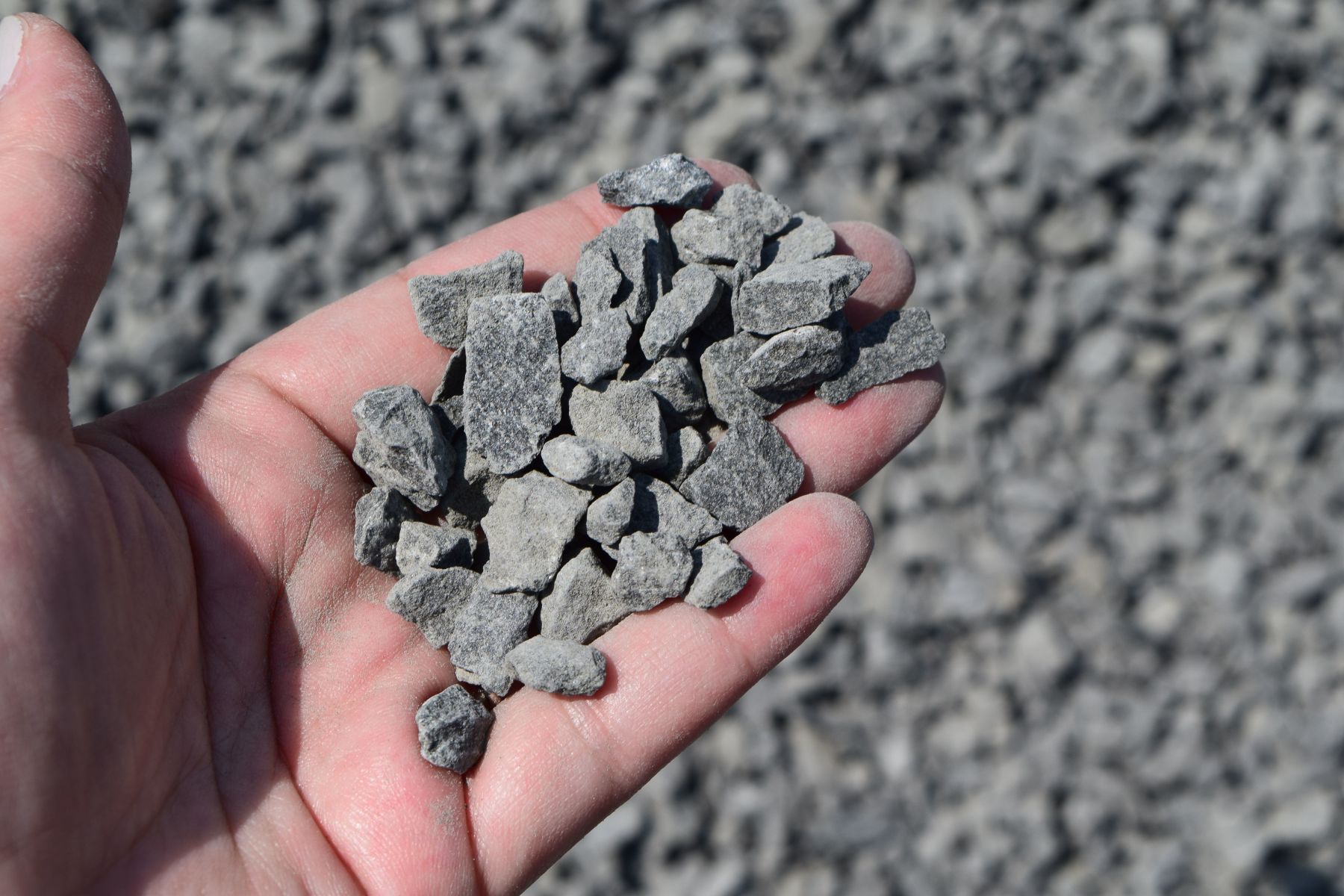



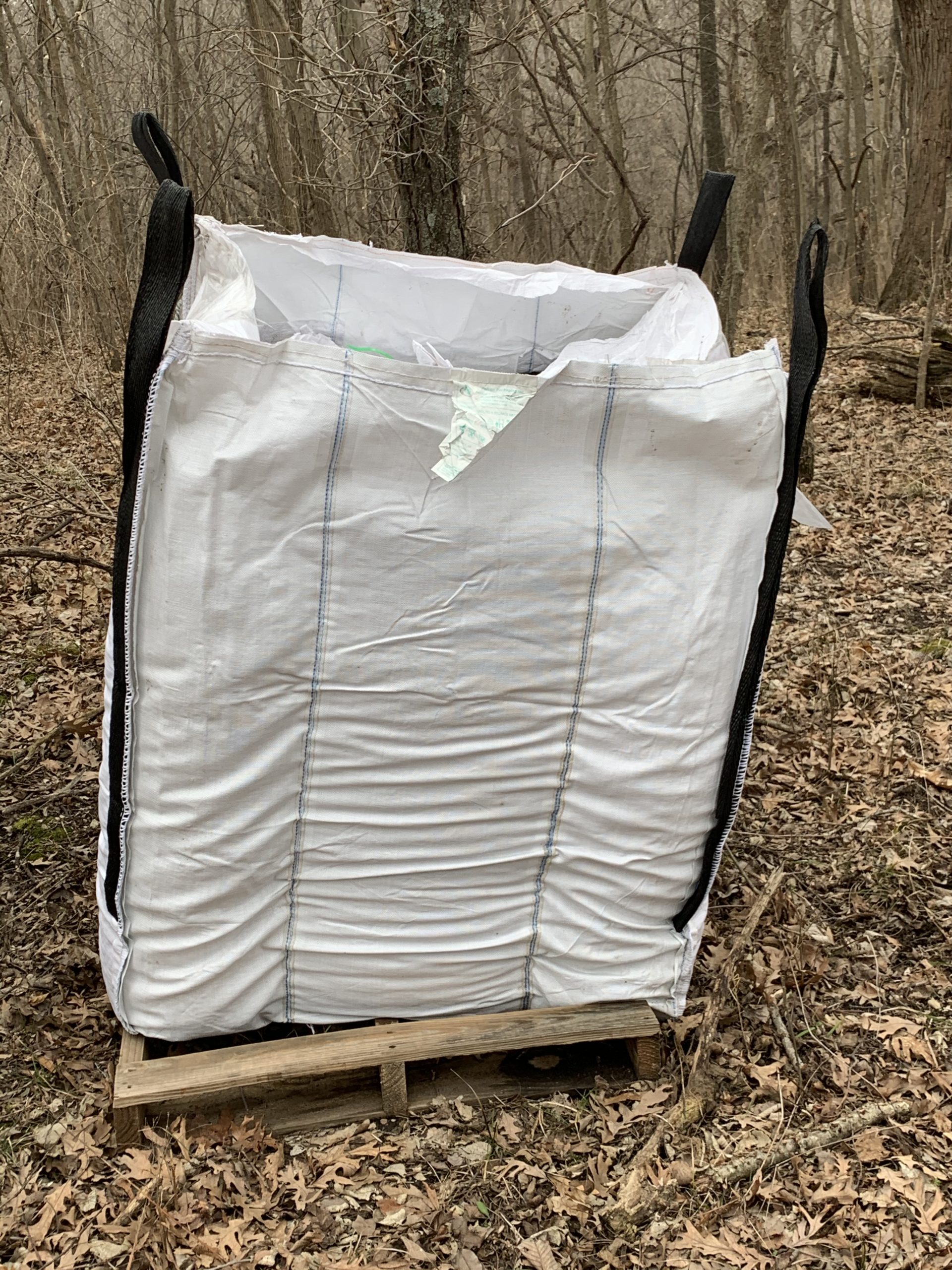
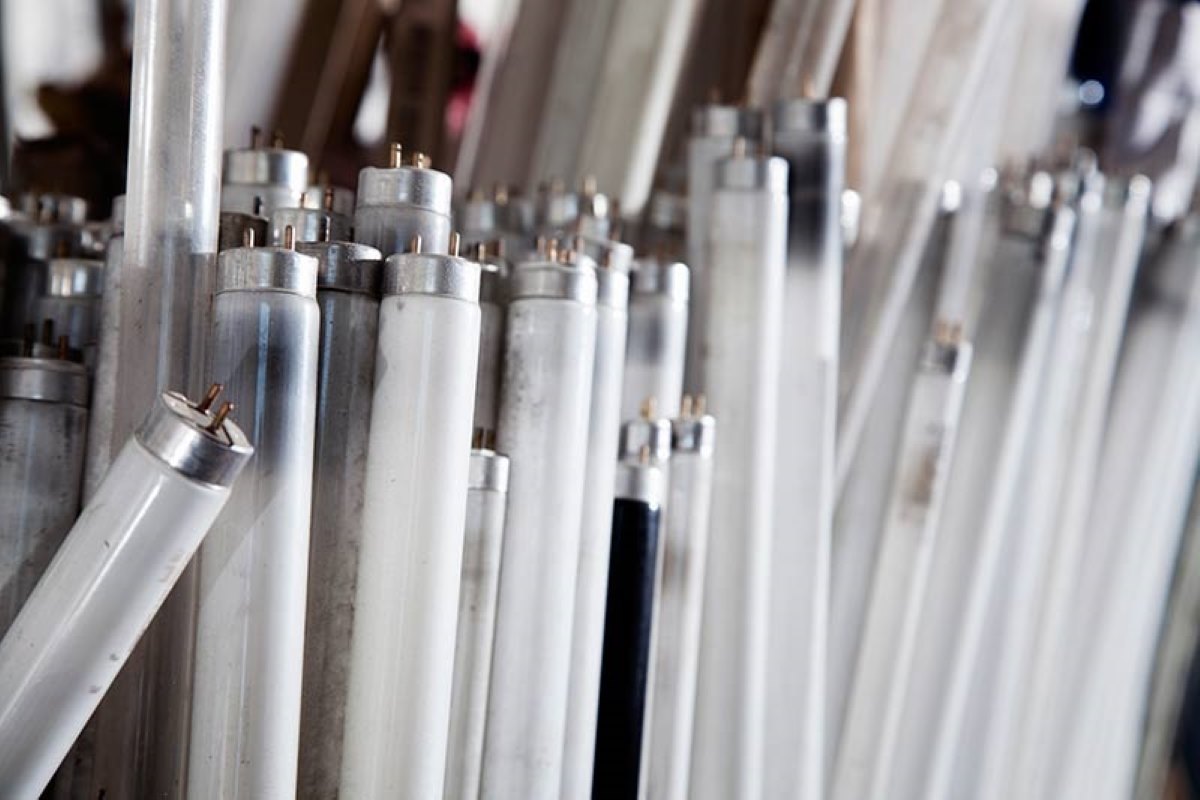

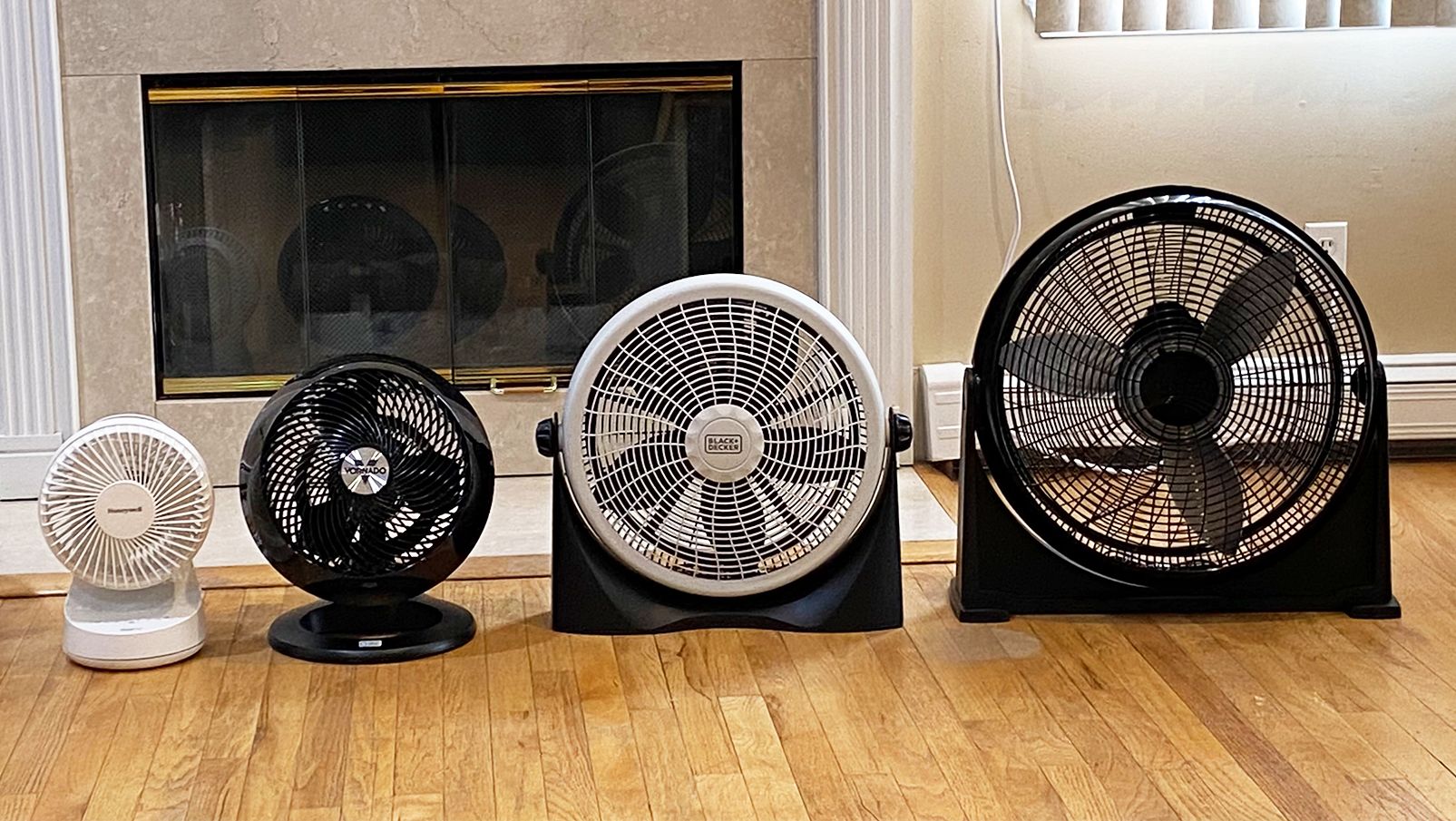

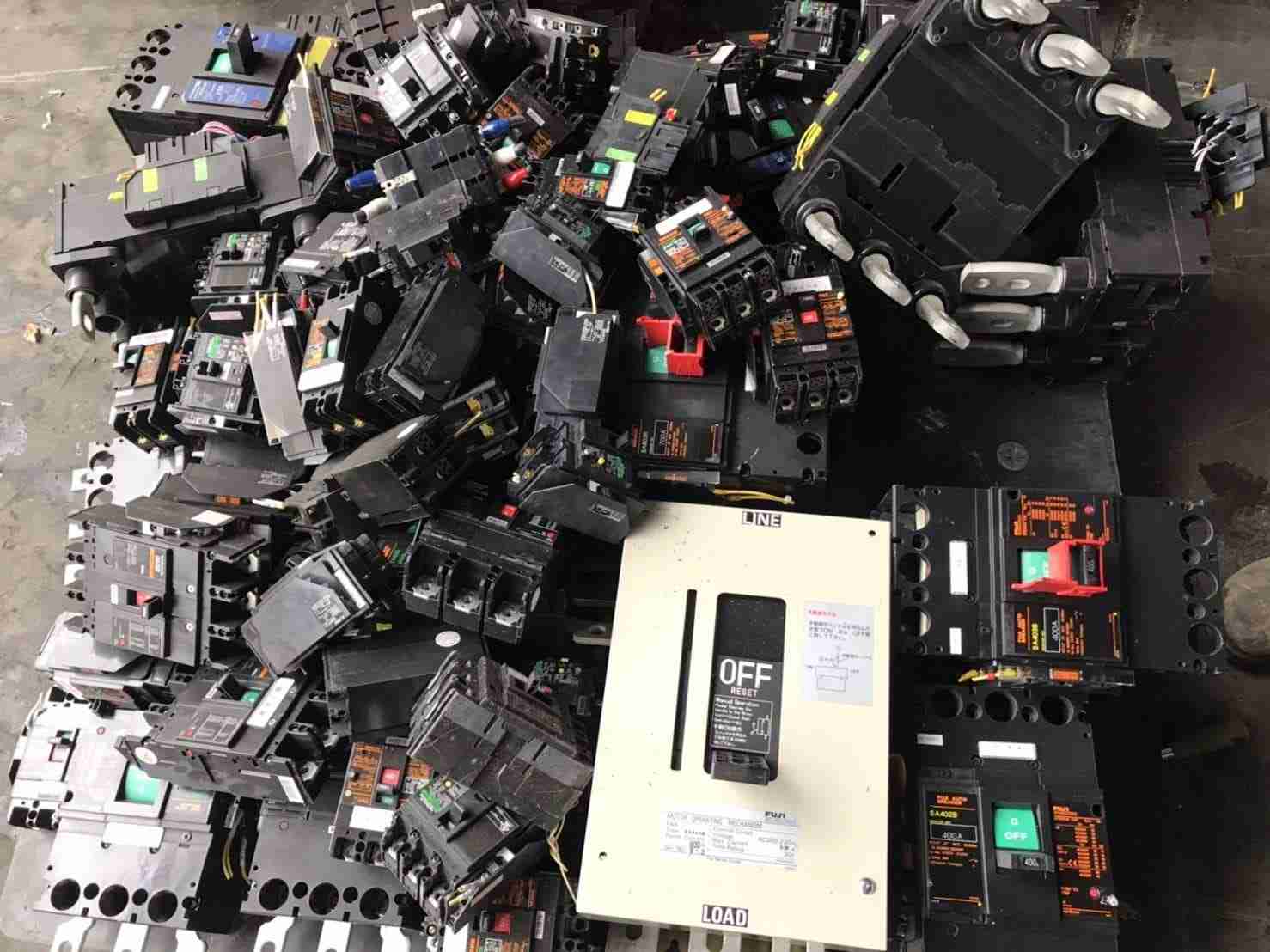
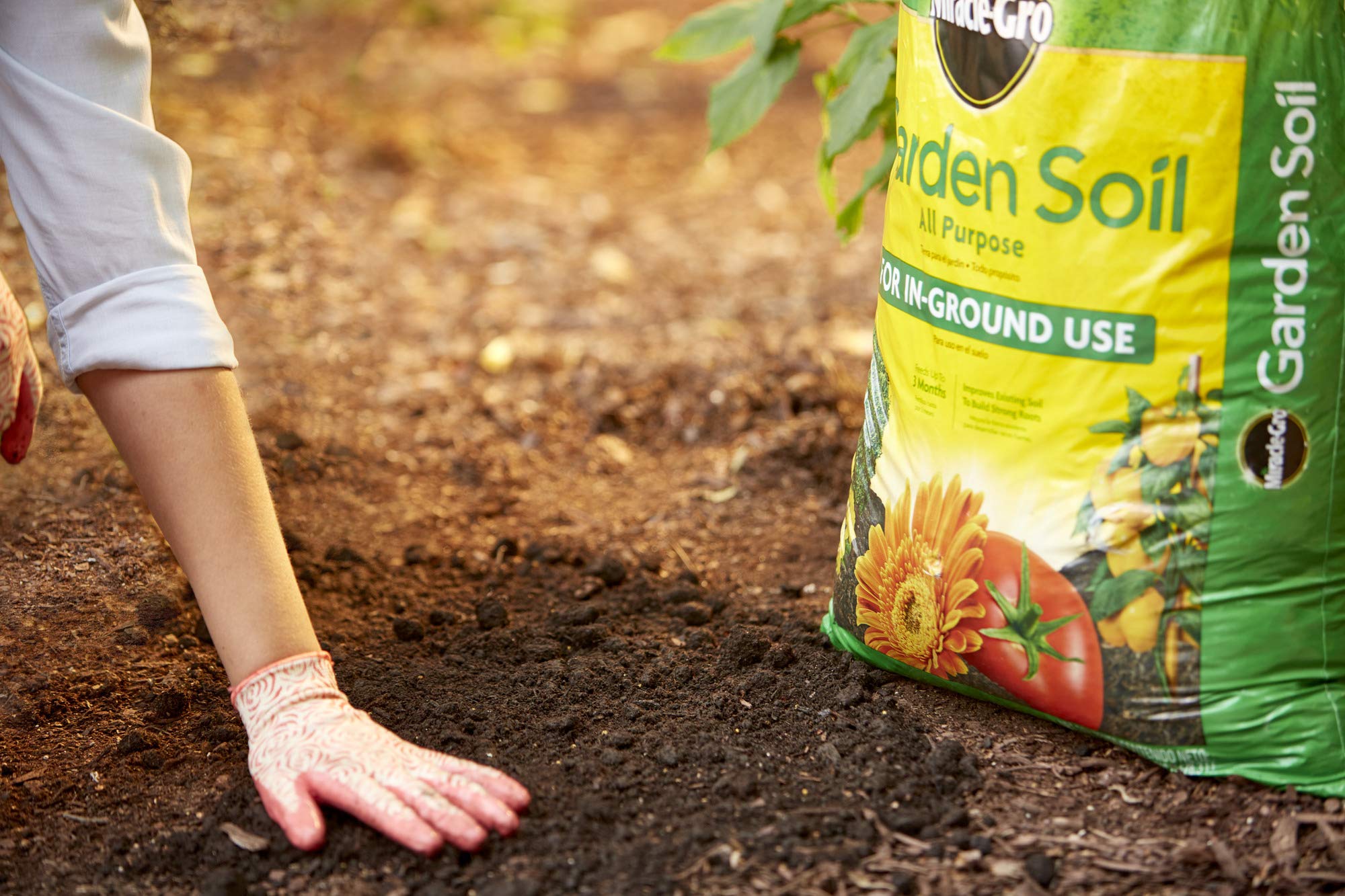

0 thoughts on “Where To Dump Roof Shingles Near Me”